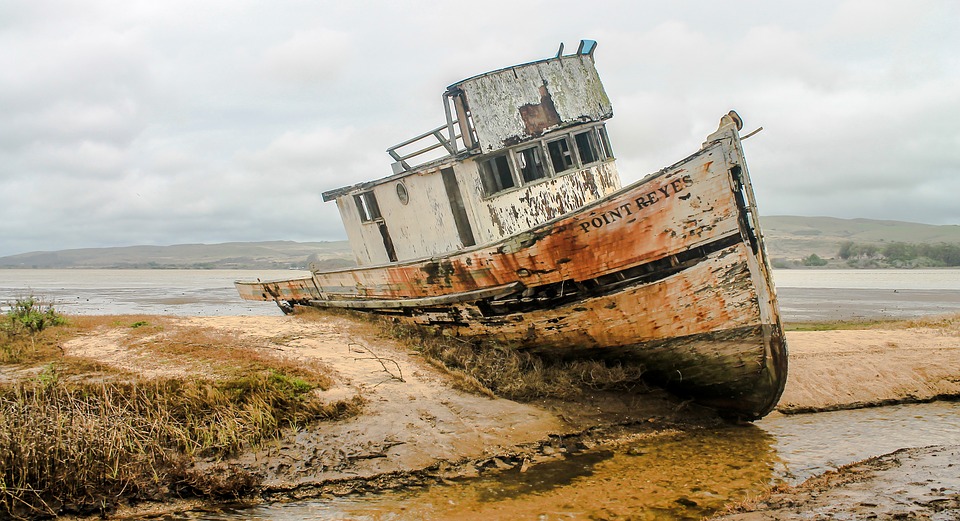5 Silent Killers Destroying Your Dock Pilings (And How to Stop Them)
Dock pilings are the backbone of any marine structure. Whether you’re managing a waterfront residence, a commercial pier, or a community boardwalk, your pilings hold it all up—literally. But here’s the catch: while they appear strong and stable above the waterline, beneath the surface they may already be under attack.
In this guide, we’ll uncover the five silent killers that are slowly (and often invisibly) destroying your dock pilings—and what you can do to stop them before it’s too late.
Why Pilings Fail (And Why Most People Don’t Catch It in Time)
Unlike other building components, dock pilings are constantly exposed to harsh, unforgiving conditions:
- Saltwater
- UV radiation
- Marine organisms
- Tidal movement
- Constant moisture and oxygen fluctuations
The result? A perfect storm for rot, infestation, and deterioration—especially if your pilings aren’t properly treated or protected.
1. Marine Borers: The Underwater Termites
The Danger: Marine borers are tiny, wood-destroying organisms that live in saltwater and brackish environments. The most common types include:
- Shipworms – Mollusks that bore long tunnels through submerged wood
- Gribbles – Tiny crustaceans that eat wood fiber on the surface
The Problem: They can go undetected for months or even years. By the time external signs (like hollow-sounding wood or structural sagging) appear, the damage is often severe.
Where It Happens:
- Coastal regions (especially Gulf Coast and Atlantic seaboard)
- Any untreated or improperly treated wood in saltwater
Prevention:
- Use marine-grade CCA-treated wood with a minimum 2.5 pcf retention
- Consider EcoPile composite pilings, which are immune to marine borers
- Install SnapJacket piling protection for added defense against infestations
2. Saltwater Rot: The Slow Decay You Can’t See
The Danger: Constant wetting and drying cycles at the waterline create prime conditions for wood rot. Salt accelerates the breakdown of wood fibers, especially where oxygen levels fluctuate.
The Problem: Rot often starts near the mud line—right where inspection is toughest. Once fungi get a foothold, they can spread quickly through the timber.
Warning Signs:
- Mushy or discolored wood near the base
- Soft spots under pressure
- Visible cracks or separation at joints
Prevention:
- Specify pressure-treated wood built for saltwater contact (AWPA UC5 standards)
- Apply pile caps to reduce water intrusion from the top
- Use poly-coated pilings to keep moisture and salt out entirely
3. UV Radiation: Damage from the Sun You Didn’t Expect
The Danger: While the underwater portion of your dock pilings is busy battling marine borers and rot, the exposed upper portion faces a different enemy: the sun.
UV rays degrade the surface of untreated or unprotected wood over time, causing:
- Splintering
- Cracks
- Surface bleaching
- Weakened structural integrity
The Problem: It’s easy to ignore this gradual damage—until a piling breaks under load or begins leaning.
Prevention:
- Install UV-resistant pile caps or protective coatings
- Regularly inspect for sun damage on the top 2–3 feet of pilings
- Consider composite options (like EcoPile) that don’t degrade from UV
4. Insect Infestation: Termites & Wood-Boring Beetles
The Danger: While most of the piling is submerged, the exposed section—especially in warmer climates—is still vulnerable to drywood termites, carpenter ants, and other wood-boring insects.
The Problem: Insects can weaken connections between the pilings and the deck or cross-bracing. Over time, this leads to wobbly structures or complete failures.
Prevention:
- Use pressure-treated wood rated for ground and above-ground contact
- Apply periodic treatments or insect-resistant coatings to exposed areas
- Opt for poly-coated timber for barrier protection
5. Corrosion at the Mud Line: The Hidden Threat to Structural Integrity
The Danger: Even if the wood itself is holding up, corrosion of embedded hardware (bolts, brackets, plates) near the mud line can cause catastrophic failure.
Why It Happens: This zone is consistently damp, oxygen-deprived, and full of organic material—perfect for accelerating metal corrosion.
The Problem: Rust and corrosion often go unnoticed because they’re hidden under water or mud. But once those connections give out, the entire piling system may collapse.
Prevention:
- Use stainless steel or hot-dipped galvanized hardware rated for marine use
- Elevate connectors above the mud line when possible
- Inspect hardware regularly and replace early if needed
Bonus Threat: Using the Wrong Wood Altogether
Yes, we’ve seen it. Builders sometimes use untreated pine, interior-grade wood, or incorrectly specified timber for marine pilings.
The result? Rapid deterioration, costly repairs, and even legal liability if structures fail.
Pro Tip:
- Only source from suppliers who understand marine treatment standards (like AWPA UC5B, UC5C)
- Always confirm treatment retention and wood species before purchase
How to Protect Your Dock Pilings (and Your Investment)
Here’s your battle plan:
✅ Use CCA-treated wood or EcoPile for saltwater applications
✅ Apply pile caps and UV-resistant coatings
✅ Reinforce aging pilings with the SnapJacket repair system
✅ Choose hardware that resists marine corrosion
✅ Conduct seasonal inspections—above and below the waterline
Protecting your dock pilings isn’t just about preventing disaster—it’s about ensuring long-term performance, safety, and cost-efficiency.
Real-World Example: Dock Saved by SnapJacket®
A Gulf Coast homeowner noticed his dock starting to lean. After diving beneath the surface, a contractor discovered marine borer damage and wood rot around the mud line.
The fix? SnapJacket. Within hours, the team restored the strength of the piling using the PVC sleeve and grout method. Ten years later, it’s still standing—and stronger than ever.
Let’s Keep Your Pilings Strong for Decades
At American Pole & Timber, we’ve helped thousands of contractors, property owners, and marine engineers protect their waterfront investments.
We offer:
- Marine-grade treated wood with AWPA-certified standards
- EcoPile vinyl pilings with a 25-year warranty
- Poly-coated timber pilings for added moisture protection
- SnapJacket piling repair systems
- Custom-built timber and piling solutions delivered nationwide
Get a Fast Quote or Free Project Assistance
If you’re unsure whether your pilings are at risk—or if you’re starting a new build and want to get it right from the start—we’re here to help.
📞 Call 1 (800) 716-0636 or
🔗 Request Assistance Online
Protect your dock. Defend your investment. Build with confidence.



